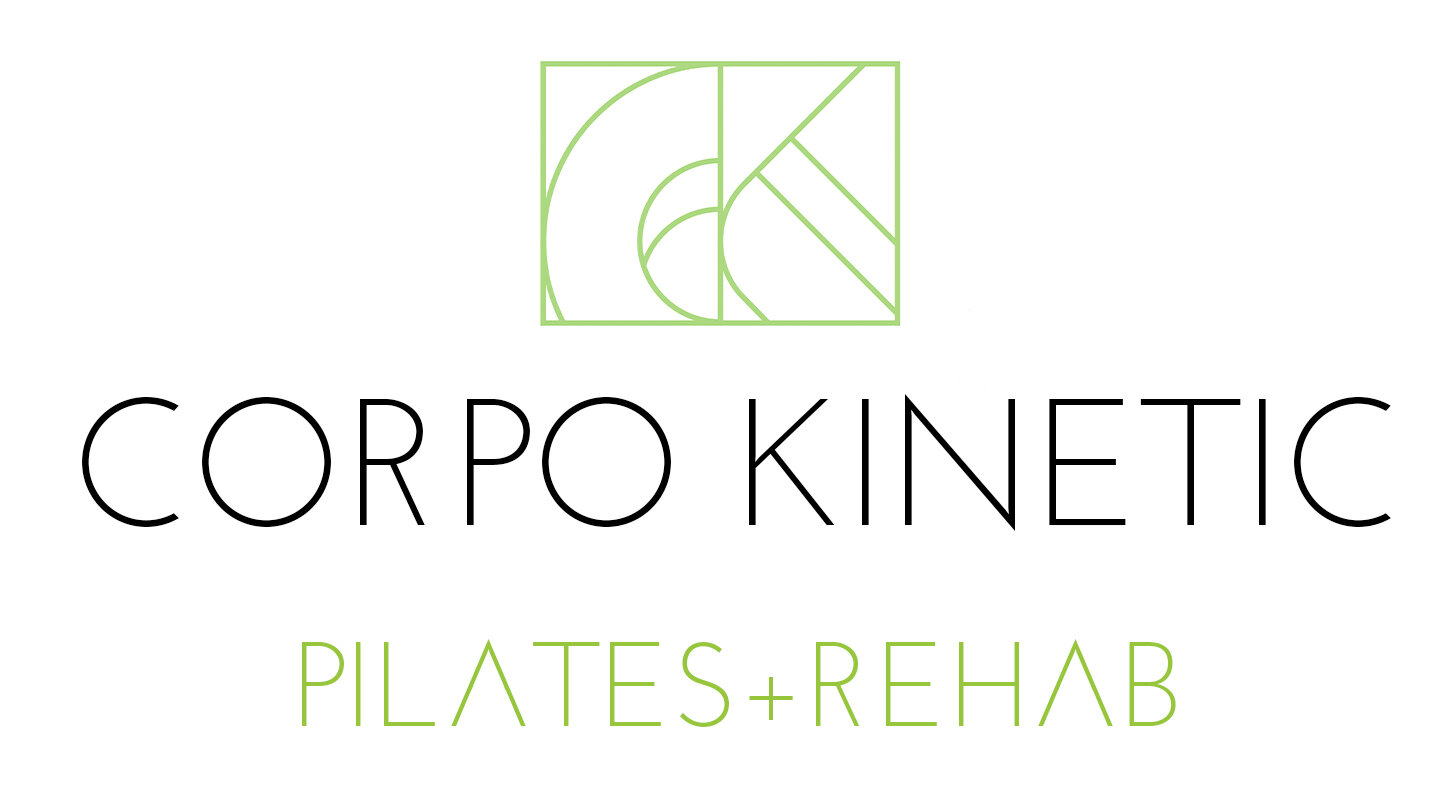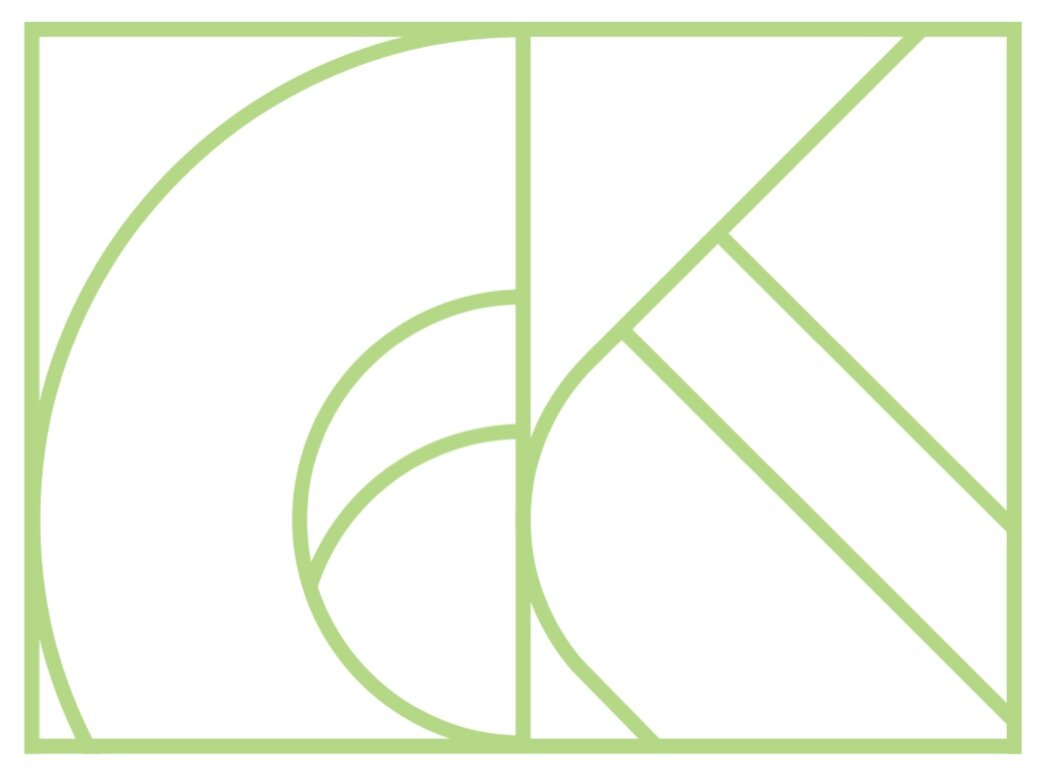How Do We Counter Computer Poster?
Have you found yourself at a computer lately? Thank goodness for technology’s ability to keep us connected, but if you’re feeling an achy upper back, tight shoulders, neck stiffness, or maybe even a headache - you may be feeling the effects of “computer posture.” As we look at the computer for hours on end, our head tends to creep forward, shoulders round, chest sink, and upper back hunch. These postural changes are often exaggerated when sitting, because the position of our pelvis impacts the position of our upper backs and necks. We’ve been calling this position “computer posture” in class as most people instinctively understand the meaning. However, it has an official term: Upper Crossed Syndrome.
What is it?
Upper Crossed Syndrome was named in 1979 by Vladamir Janda, a physiotherapist from Prague. It’s also called “Student Syndrome” or, as we’ve been terming it at the studio, “computer posture.”
Whatever you call it, what we’re referring to is a pattern of short/tight muscles and corresponding long/weak muscles that create an uncomfortable tug-of-war on the upper back, shoulders, and neck.
What’s the pattern?
Every muscle has an opposing muscle, and if one is shortened (either due to active contraction or postural alignment), its opposing muscle is lengthened.
So, when our head starts to creep forward, shoulders round, chest sink, and upper back hunch, two areas of opposing short/tight and long/weak are created: the upper back/chest and the neck.
In our upper back/chest, the muscles on the chest and the front of the shoulder are shortened, and their opposites - the muscles in the upper back and back of shoulder - are lengthened. Left there unchecked, these areas can get weak.
In the neck we find tightness both in the front and the back! As our head creeps forward, we end up with tightness not only in that area where the back of the skull attaches to the neck, but also in the superficial muscles on the front of the neck. How can we have tightness in the front and the back at the same time? I thought they were opposites??
The answer has to do with the beauty of how complex our spines are, and thus how adaptive the muscles that move them are. Try putting your fingers on your chin and your thumbs on your collarbones. Then do a chicken move and stick your head forward. You should feel that the distance between your thumbs and fingers is now shorter - there is less height, and the neck is functionally “shorter.” To bring the neck out of our “computer poster,” we need not only to release the things that are tight, but to find more length.
The opposing muscles that balance out this dual-tightness in the neck are both the upper back, which can help draw the head back into position, lengthening out those superficial front neck muscles, and one of my favorite muscles of all time: the longus colli. The longus colli lives behind the throat, on the very front of the cervical spine. I learned it as “the core of the neck.” It’s main job is to stabilize that long neck, helping it hold its plumb line in order to support the weight of the head.
What do we do about it?
Simply:
release and create length where there is tension
realign the head, neck, and upper back
create strength where there is weakness
While the Pilates repertoire has about a million options for any one goal (yay variety!), here are a few of our go-to moves.
Releasing and creating length:
Thoracic rotation on the roller
Grab a roller and place it on the side of the ribs, where the shoulder blade is.
Stack your hips and legs, and support your head with both hands.
Roll forward onto your chest muscles, then back onto the shoulder blade, letting your head rest backwards into your hands.
Keep in mind: You should be able to breathe deeply through any self-massage. If the pressure is too much, use a softer roller or place a blanket or towel on top.
Suboccipital release with two pinky balls
Grab a yoga block (or thick book) and two pinky balls in a sock.
Place the pinky balls right where the neck and skull meet, on either side of the spine.
Let the weight of the head rest back, and try a few small yes nods.
Feel free to move the balls up or down a little bit - you may find an even juicier spot just a quarter centimeter away from where you initially put the balls.
Keep in mind: Never place the pinky balls directly on your spine. Make sure your neck feels comfortable - any strong sensation should be where the balls are providing pressure, not somewhere else in your neck.
Thoracic extension on the roller
Place the roller across your upper back, just below the bottom tips of your shoulder blades.
Support your head in your hands and lean back over the roller, letting your upper back melt around the roller.
Keep that little chin tuck, and use your arms to provide a gentle traction on your neck: as you pull your head away from your shoulders, also glide the shoulders away from the ears.
Keep in mind: To target the stretch in your thoracic spine, use your abdominals to gently connect the lower ribs down towards your hips.
Now that you’ve lengthened the tight areas, it’s time to find your neutral alignment!
In computer posture, our head comes forward of our shoulders moving forwards from our plum line, and the upper back rounds, moving backwards from our plum line.
To get a sense of everything all lined up, lean against a wall:
Feel the back of the pelvis, then find the lowest ribs against the wall - you may need to lean your shoulders and head forward to really get those low ribs back!
Keeping the lower ribs against the wall, bring your shoulder blades, upper back, and the back of your head as close to the wall as you can.
If it feels like work to get there, then you know you need to strengthen those postural muscles!
Strengthening the postural muscles
To hold our new alignment, we want to strengthen the upper back, back of shoulders, and my favorite neck muscle, the longus colli!
Chest expansion with resistance band
Sit near the front edge of your chair, centered on your sitz bones.
Hold the band in your hands and place it across the front of your knees.
Lift up tall through your spine, tuck your chin slightly and bring your head back in line with your shoulders as much as you can.
Exhale, and pull the arms back, reaching down through the knuckles, and opening the collarbones. Watch that you’re keeping that neutral alignment and not flaring the ribs.
Chest float
Lay on your stomach with your forehead on your hands.
Lift the navel and imprint the pubic bone to protect the lower back.
Slide your shoulder blades down and together, like their making a V on your back. Starting with your head, reach forward and up, lifting your head, neck, and chest of the mat. Keep your chin tucked.
Keep in mind: This isn’t about getting super high, it’s really about that forward reach -- the more forward you can go the more length and strength we’re creating in the upper back.
Did you notice how these exercises all included keeping your chin tucked? In most cases, all our longus colli needs is alignment cues. If we’re moving in good alignment, chin tucked, back of head in line with shoulder blades, we’ll be building strength in that neck muscle over time. Easy peasy!
The Pilates repertoire has so many options that there are endless variations on these exercises to keep you entertained and interested as you do good for your body. Want more strengthening? We got you! Come to class, or get in touch to see if private sessions would be right for you.
Let’s Move!
Book a group class or private session to use what you’ve learned:






